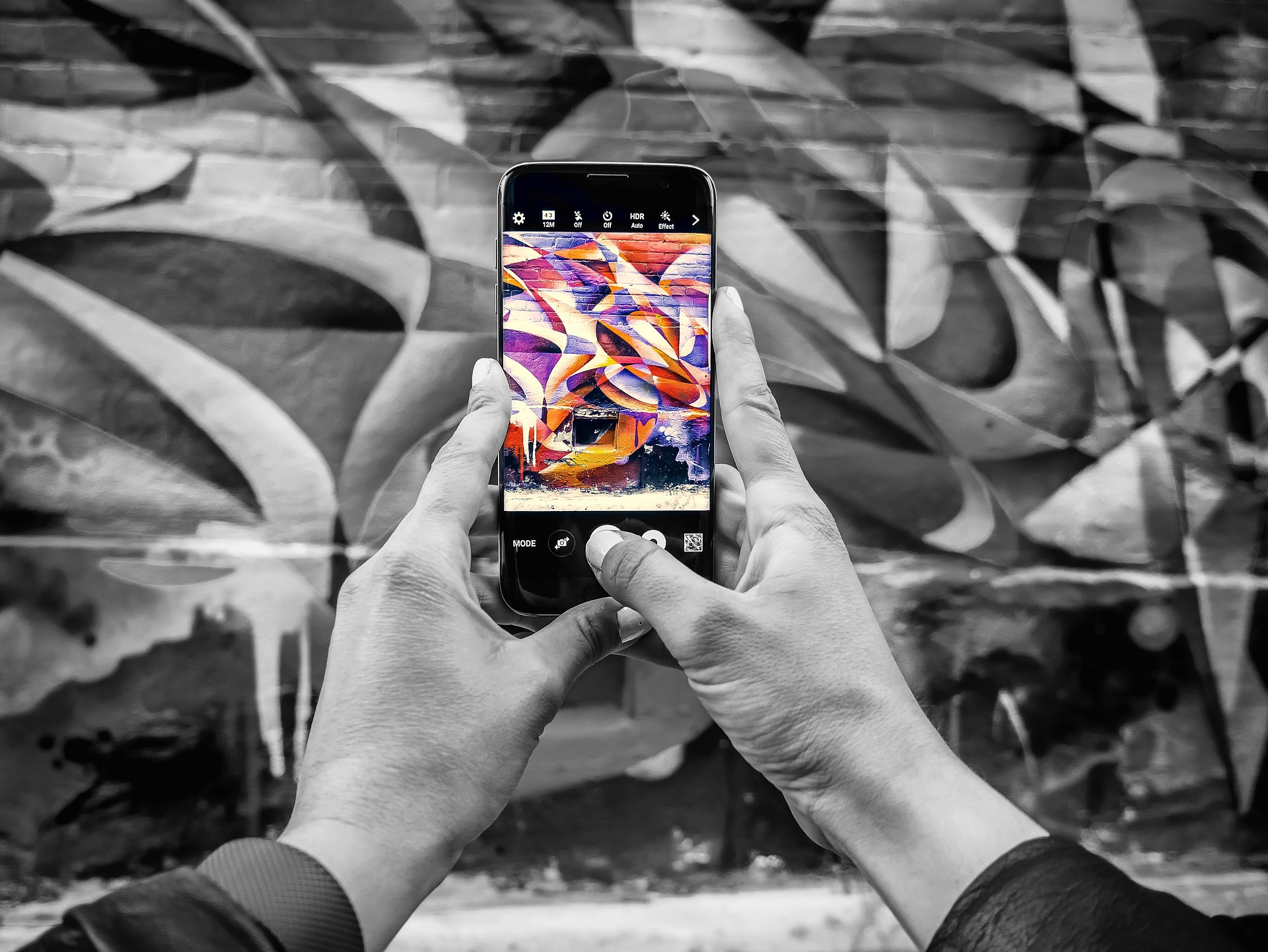Cinematic Animation: A Journey Beyond Reality
Introduction: Delve into the vibrant world of cinematic animation, a creative realm where imagination is the only limit. Discover how this art form has evolved, its current trends, and the impact it has had on the global entertainment industry. Cinematic animation has a deep-rooted history that begins in the late 19th century. In 1892, French artist Charles-Émile Reynaud premiered his 'Théâtre Optique', a pioneering device that projected moving images—a forerunner to modern animation. However, the arrival of Walt Disney and his iconic character Mickey Mouse in the 1928 short film "Steamboat Willie" is often credited with sparking the global love affair with animated cinema.

Technological Innovations Pave the Way
The evolution of animation has been intrinsically tied to technological advancements. From the earliest hand-drawn cells to the advent of computer-generated imagery (CGI), technology has continually pushed the boundaries of what is possible in animated films. Pixar’s “Toy Story” (1995), the first fully computer-animated feature film, marked a significant turning point. It demonstrated the potential of CGI to create immersive, lifelike worlds, setting a new standard for the industry.
Current Trends in Animated Cinema
Today, animation is a critical component of the film industry, with studios around the world producing a diverse range of content. Asian animation, particularly Japanese anime, has gained significant international attention, challenging the dominance of American studios. Equally, the rise of streaming platforms like Netflix has provided a platform for independent animators, encouraging a surge of original, edgy, and thought-provoking content.
The Impact of Animation: More Than Just Entertainment
Cinematic animation’s influence extends well beyond the realm of entertainment. Animated films often tackle complex issues, such as societal norms, mental health, and environmental concerns, using the medium’s unique ability to communicate in a visual, symbolic, and often metaphorical language. As such, animation has become a powerful tool for social commentary, education, and cultural exchange.
Future Projections: The Next Chapter for Animation
While it’s difficult to predict the future of animation with certainty, one thing is clear: this vibrant art form shows no signs of slowing down. As technology continues to advance, we can expect even more innovative and immersive experiences. Virtual and augmented reality, for instance, offer exciting new frontiers for animators to explore. As we look ahead, the potential for animation to continue evolving and captivating audiences worldwide is truly limitless.
The journey of cinematic animation presents a fascinating narrative of innovation, creativity, and transformation. As technology advances and global interest grows, this dynamic medium will continue to enchant, inspire, and challenge us, offering a unique window into the human imagination.




